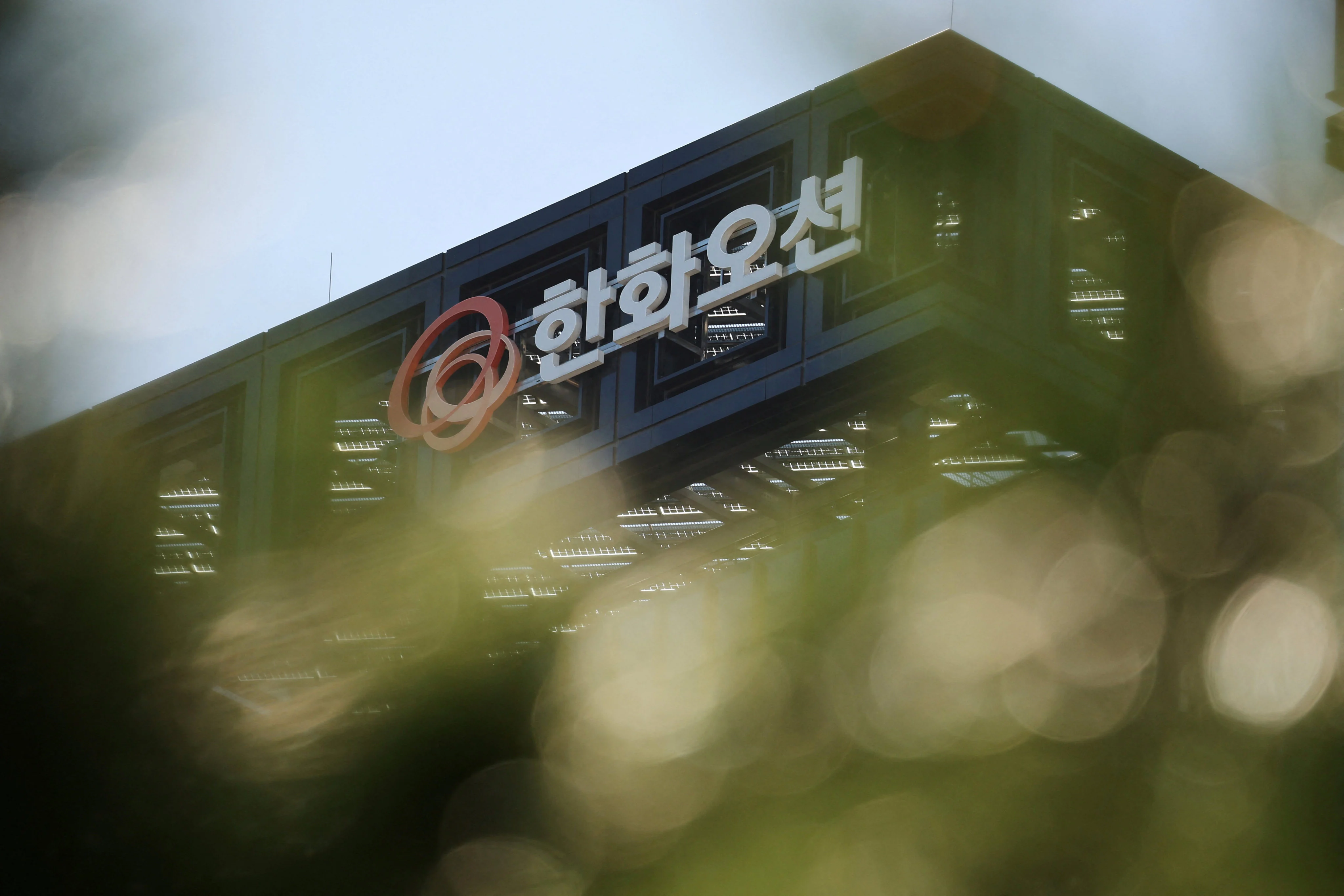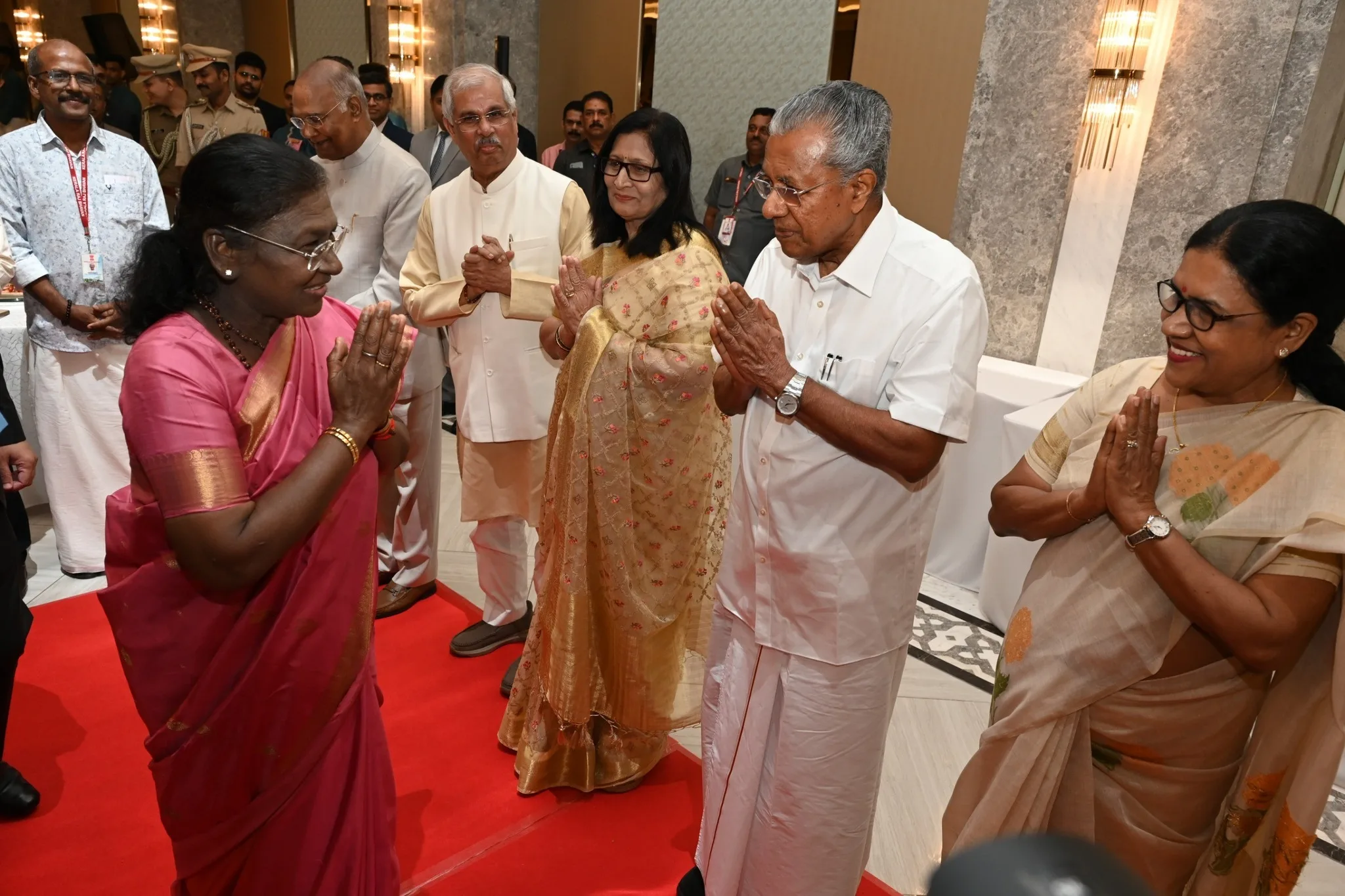Copyright scmp

China’s sanctions on Hanwha Ocean will drive up the firm’s costs in the medium term but may also end up boosting South Korean ties with the US over the long term as Washington seeks to expand naval shipbuilding capacity, analysts said. Last week, the Chinese commerce ministry announced it had imposed sanctions on five US-based affiliates of Hanwha Ocean, one of South Korea’s largest shipbuilding companies. The ministry alleged that Hanwha had supported Washington’s investigation into Chinese competitors and the ensuing imposition of new port fees. Hanwha Shipping, Hanwha Philly Shipyard, Hanwha Ocean USA International, Hanwha Shipping Holdings, and HS USA Holdings Corp are all barred from engaging in transactions, cooperation or any other activities with Chinese entities or individuals. Seoul has touted Philly Shipyard in Philadelphia, acquired last year by the Hanwha Group in a US$100 million deal, as a symbol of the “Masga” (Make American Shipbuilding Great Again) initiative. South Korean President Lee Jae-myung visited the site in August. The initiative is a shipbuilding cooperation project between Washington and Seoul that could total US$150 billion to help revitalise the American shipbuilding industry through South Korean investment, according to Seoul. Beijing’s sanctions on Hanwha Ocean’s US subsidiaries came on the heels of Washington’s investigation of China under Section 301 of the Trade Act of 1974, which led to a decision by the Office of the US Trade Representative in April to impose significant port fees on vessels that are built, owned or operated by Chinese entities, effective October 14. Beijing slammed the move as a serious violation of “international laws and basic norms governing international relations”. It said Hanwha Ocean’s US subsidiaries had helped and supported Washington’s investigation. According to an estimate by South Korean lawmaker Yu Yong-weon, the Chinese sanctions would cost Philly Shipyard US$60 million in potential losses over the next two years, owing to supply disruptions and delivery delays. Bence Nemeth, a senior lecturer in defence studies and executive director of the King’s Centre for Defence Economics and Management at King’s College London, said China’s decision to blacklist Hanwha Ocean’s US-linked subsidiaries rather than its South Korean parent appeared to be “calibrated”. Nemeth said it “signals pressure on US maritime and defence-industrial capacity and on the Seoul-Washington shipbuilding push while avoiding a direct hit on South Korea”. He believed disruption would be limited in the near term, with cost inflation, schedule slippage and procurement friction likely over the medium to longer term, especially where Chinese-origin equipment and materials were “hard to substitute quickly”. Troy Stangarone, a non-resident fellow at the US-based Carnegie Mellon Institute for Strategy and Technology, said China was sending a signal that cooperation against its interests “could have consequences”. Stangarone explained that Beijing often used sanctions to indicate to Chinese firms that they should cooperate less with certain entities. In this case, he said Beijing was creating a situation in which its companies could “scale back business with Hanwha subsidiaries”. He cited Beijing’s unofficial sanctions on South Korean businesses since 2016 over the deployment of the Terminal High Altitude Area Defence (THAAD) – an American anti-missile system – and said similar moves would bring Washington and Seoul closer together. “China’s sanctions will only reinforce Hanwha’s cooperation with the United States,” said Stangarone. “With China trying to push non-Chinese competition out of the market, it deepens the need for other competitors to band together.” “Deeper shipbuilding cooperation with the US offers significant potential benefits for Hanwha that are being driven by China’s own policies,” he added. Collin Koh, a senior fellow at the Institute of Defence and Strategic Studies at the S. Rajaratnam School of International Studies in Singapore, described Hanwha Ocean’s cooperation with the US as focused on commercial interests and naval shipbuilding – two areas that he said China now dominated. Koh said China’s sanctions were intended to discourage “US-ally collaboration” in naval build-ups and cooperation, which Beijing has called part of Washington’s “attempt to maintain hegemony”. Beijing’s sanctions against Hanwha subsidiaries in the US were “meant to also send some sort of a chilling effect among the other US allies in this region”, he added. According to reports from maritime consultancy Clarksons Research, China took 75 per cent of global shipbuilding orders in 2024 – the most in the world – compared to South Korea, which was second at 14 per cent. However, China’s dominance in shipbuilding appeared to be slipping. In the first half of this year, China’s new global orders plunged to 56 per cent, while South Korea’s share surged to 30 per cent, according to the consultancy. That reflected the Donald Trump administration’s efforts to ramp up America’s shipbuilding capacity and meet the demands of the US Navy by cooperating with shipbuilders in allied countries, especially South Korea. In recent decades, the US has been unable to keep pace with rising demands in naval shipbuilding, accentuated by China’s rapid expansion. The challenges have stemmed from limited shipyard capacity in America and persistent labour shortfalls. According to the Centre for Strategic and International Studies, a Washington-based think tank, American shipyards only built five large ocean-going merchant vessels in 2024, for a total volume of 76,000 gross tonnes. In contrast, China State Shipbuilding Corporation alone delivered more than 250 ships the same year, totalling 14 million gross tonnes – more vessels by tonnage than have been produced by the entire US shipbuilding industry since the end of World War II. China’s strong shipyard capacity has also significantly boosted its naval fleet. A Pentagon report in December described the PLA Navy fleet as the largest in the world, “with a battle force of over 370 ships and submarines, including more than 140 major surface combatants”. In contrast, the US Navy is known to have fewer than 300 active deployable vessels. As the Trump administration seeks to contain China’s naval expansion by revamping its own naval shipbuilding capabilities, South Korea has emerged as a key partner. Hanwha completed its overhaul of the USNS Wally Schirra, a US Navy sealift command supply ship, at its shipyard in South Korea in March, seven months after receiving what was its first-ever maintenance, repair and overhaul order from the American military. Nemeth said the sanctions “cut two ways”. On the one hand, US demand, policy support and strategic alignment could “draw South Korean yards closer to American naval initiatives, including Masga”. “On the other hand, Beijing’s move is a clear warning shot that heightens geopolitical and supply-chain risk for Korea-US projects with any China-facing inputs,” he added. “The most likely outcome in the near term is cautious, phased cooperation from the South Korean side rather than bold expansions.” Nemeth believed South Korean firms would “stress-test exposure, ring-fence US operations, localise or diversify critical components where possible and price in delays”. Koh said Beijing had created a dilemma for Seoul by trying to force it to choose between rivals China and the US – and it would ultimately side with Washington.



